Description
We set out to write clearly and accurately about heat transfer in the 1981 1st edition of A Heat Transfer Textbook. Now; this 5th edition embodies all we have learned about how best to do that.
The 1st edition went through many printings. A 2nd edition followed in 1987; and John H. Lienhard V; who had done some work on the 1st edition; added a new chapter on mass transfer. That edition went through more printings before we allowed it to briefly go out of print.
We decided; in the late 90s; to create a new free-of-charge; 3rd edition for the Internet. The idea of an ebook was then entirely new; and not readily accepted. But the Dell Star Program funded the major updating and recoding of the text. That 3rd edition became a part of MITs new OpenCourseWare initiative in 2000. We also put out paperback versions of the 3rd edition through Phlogiston Press.
Continued revision and updating of the on-line version led to a 4th edition in 2010. By that time; people in almost every country; had downloaded it a quarter million times. Dover Publications then offered a low-cost paperback 4th edition in 2011.
From the first edition of A Heat Transfer Textbook in 1981; this book was meant to serve students as they set out to understand heat transfer in its many aspects. Whether the reader studies independently or in a classroom is beside the point; since learning (in either case) means formulating and surmounting ones own questions. Where the book succeeds; it will be because students encounter a series of Oh; now I see! moments.
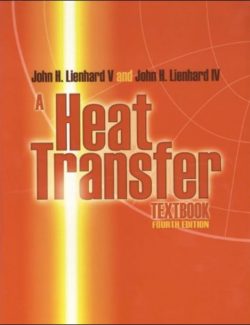
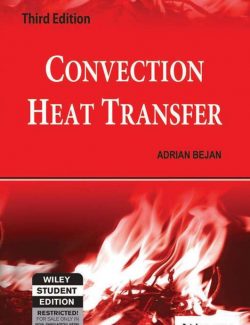
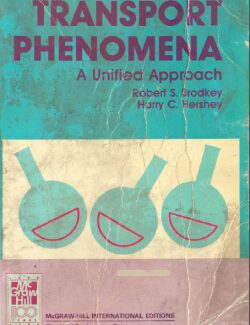
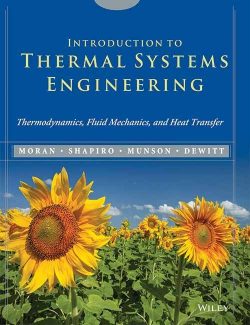
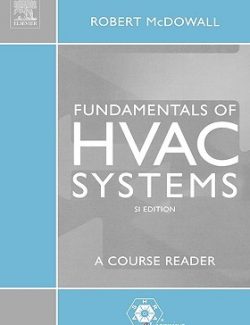
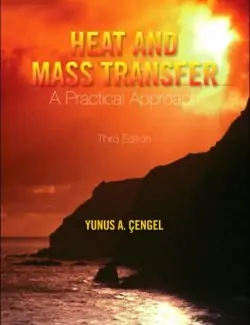
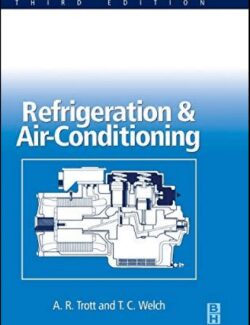
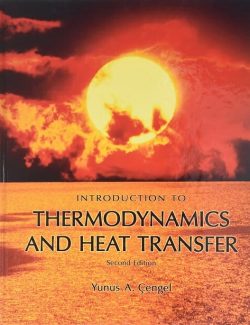
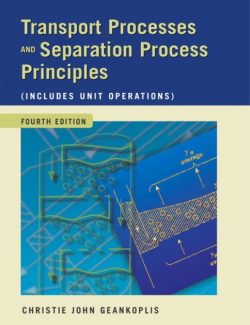
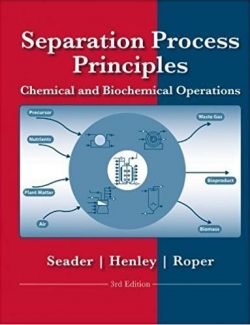
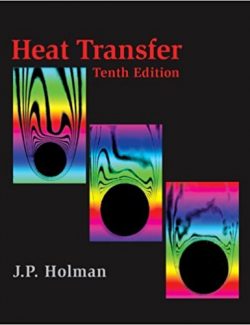
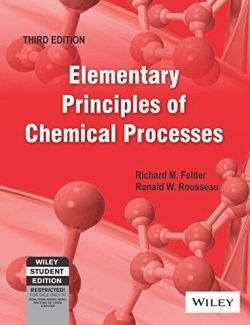
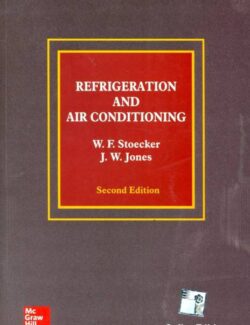
Leave us a comment
No Comments